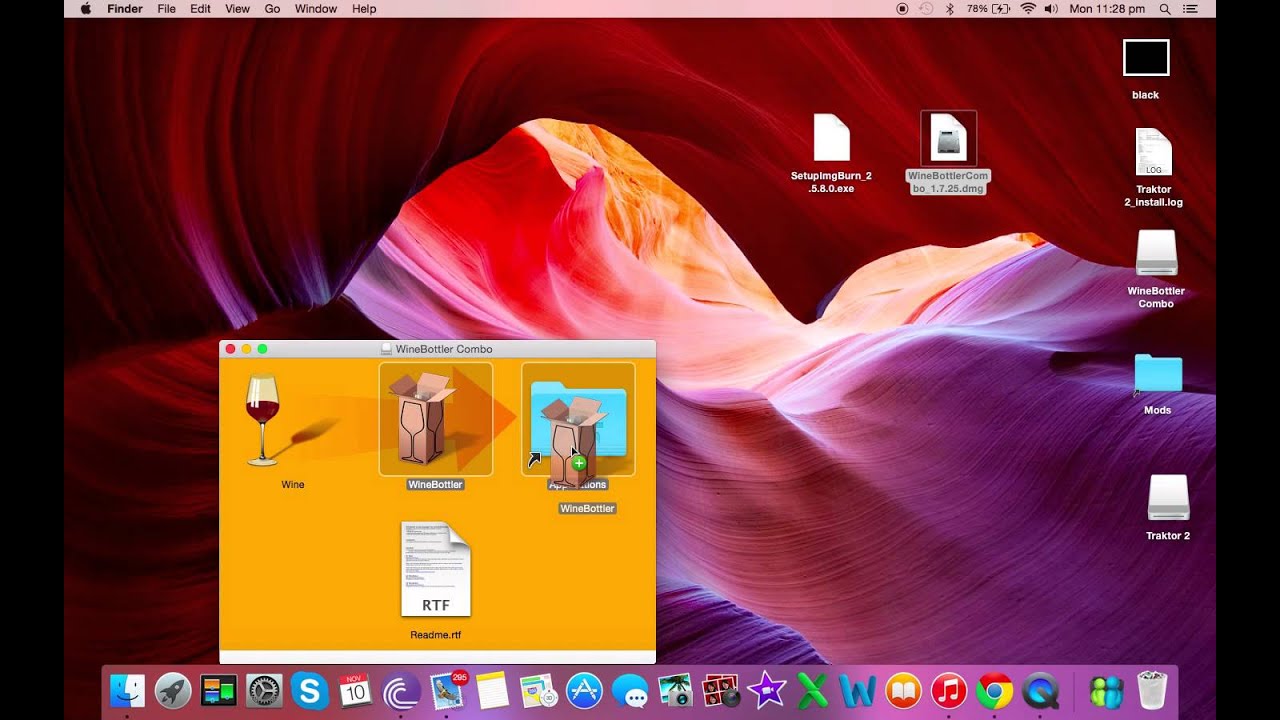

- #How to open exe files on mac with terminal how to#
- #How to open exe files on mac with terminal full#
- #How to open exe files on mac with terminal portable#
- #How to open exe files on mac with terminal free#
However, this relies on several factors which you can’t change retroactively. The integrated backup solution for macOS, Time Machine, can occasionally prove useful when you need to recover deleted files from an SD card on Mac. The main idea here is that some applications store temporary versions of currently opened files in those folders, so you might be able to recover at least some of your work, perhaps a few versions older than the last one you had. Whether you’ll get anything useful out of those folders depends on what types of files you lost, and how you were originally working on them. The tmp folder can be accessed by simply opening a terminal and typing “open $TMPDIR”, while cache folders are located in “~/Library/Autosave Information” and “~/Library/Caches”. On a related note, check your tmp and cache folders. It’s just a basic precaution to ensure that you’re not about to waste your time digging into more advanced recovery procedures when the files are right there for the taking to begin with.

#How to open exe files on mac with terminal portable#
It’s a local version of the Trash bin specifically used for portable devices, and your files may occasionally show up there if you’re lucky.Īs you’re probably guessing, though, you shouldn’t expect too much from this step. trashes file in the root folder of the SD card as well. To recover an SD card on Mac, start by checking to make sure that the files were actually deleted, and were not just sent to the Trash bin. Perhaps the most straightforward solution, and also one that can occasionally work.
#How to open exe files on mac with terminal how to#
How to recover deleted files from SD card on Mac: Honorable mentions Choose where you want to store the image file – make sure it’s not on the SD card!.Click on your SD card in the device list and click “Create Backup”.Start Disk Drill and click on “Byte-to-byte Backup” in the left panel.This is an important step when working with any kind of sensitive data because you won’t get any other opportunities to revert back to an earlier state. That way, even if you make a mistake during the recovery process and end up corrupting the card even further, you’ll still have the original backup to fall back on. What’s worse, some copying utilities may create temporary files during the process, which can further corrupt the SD card for the reasons we outlined above. It will only copy any currently existing files on the drive. A byte-to-byte backup will create an exact clone image of the original file system of the SD card in its current state, including data belonging to deleted files.Ĭopying files the traditional way will not carry over any information about deleted files, which is what you’re actually after. It’s important to understand that this is not the same as simply copying the contents of the card to another location. This can be done with the help of tools like Disk Drill. Before you proceed any further, you should take the time to create a byte-to-byte backup of the SD card. Once you’ve done that, there’s no going back – the data is physically gone from the card, and there are no tools that will help you get it back.
#How to open exe files on mac with terminal full#
Unlike a simple delete or a quick format, a full drive format actually goes every bit of data and erases it. You may be tempted to just format the card and start fresh – but this is actually a good way to completely block any attempts at data recovery. But for a binary format (applications and most of their data), even one wrong byte can completely ruin the whole file and make it unusable. Formats like images, videos and audio can often still be reproduced even when chunks of them are corrupted. Any additional writing operations to it might end up overwriting parts of the data you’re trying to recover. However, you must stop using the card immediately. This means that deleted files can still be recovered, especially immediately after the deletion incident.
#How to open exe files on mac with terminal free#
Instead, many computer operating systems – including Mac – simply mark the file as deleted instead, and treat the space it used to occupy as free for writing new files. That would be too time-consuming, especially for large files. On many modern computer systems, deleting a file doesn’t actually delete the data associated with it. First things to do in case of SD card data loss

However, you have to realize that this also involves a dose of luck, so even if you do everything right, you might still lose your files in the end. With the right tools, you should be able to recover a good portion of the data you’ve lost – in some cases, even all of it. In this article, we’ll take a look at the easiest ways to recover deleted files from a Mac, including ones that you can’t recover from Trash.


 0 kommentar(er)
0 kommentar(er)
